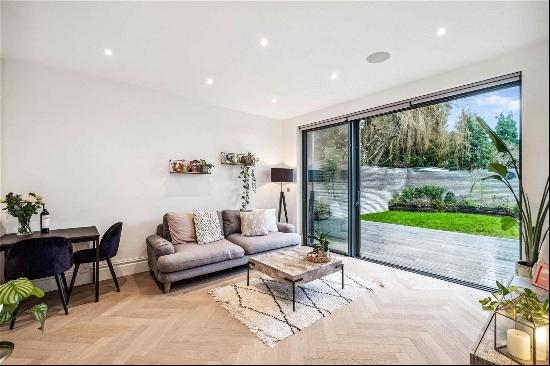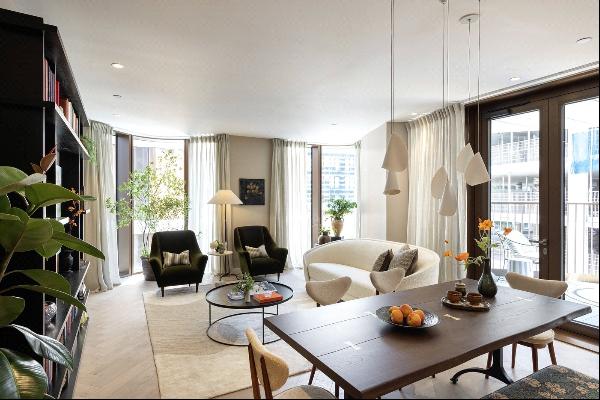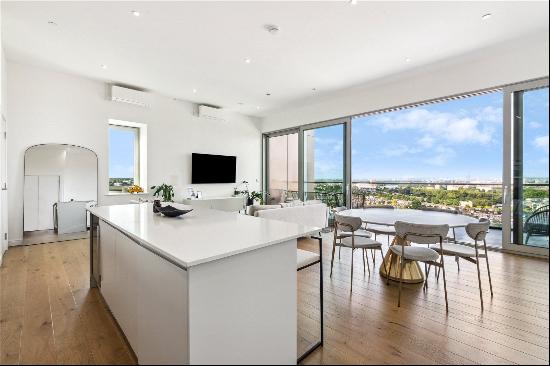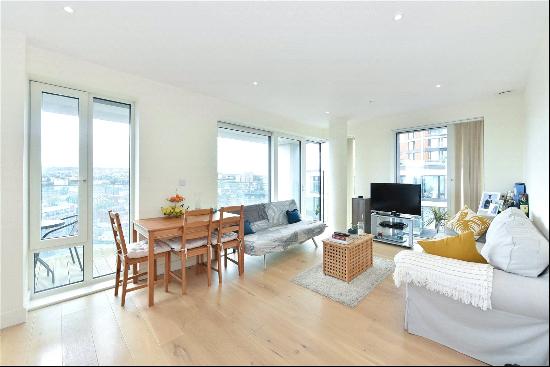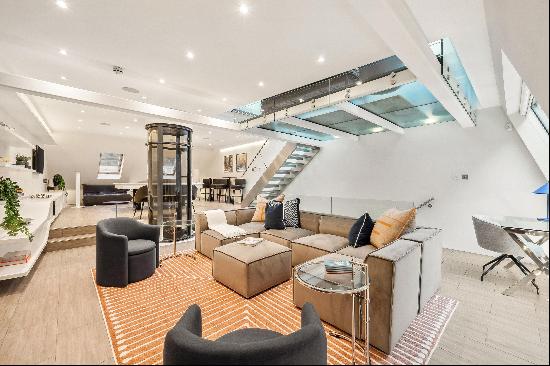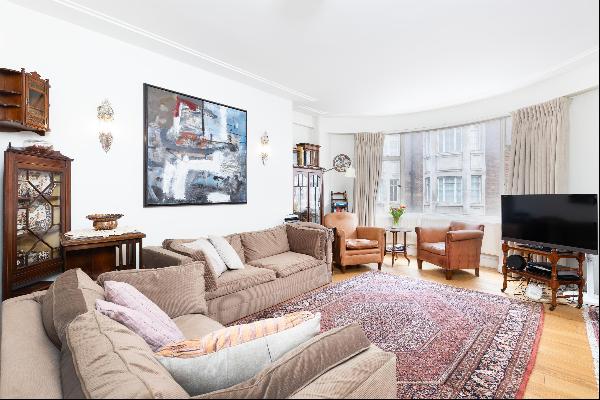
By Adrian Justins
Security cameras that notify you if someone is at your door, curtains that open or close automatically, a thermostat that reminds you to turn off the heating when you’re out — the benefits of modern home tech are manifold. Yet to realise the full potential of a smart home, these devices need to work in sync. This could be programming your lights, heating and music streaming service to switch to predefined settings just by saying “dinner time” into a smart speaker, or setting a lamp to blink when the washing is done.
While smart homes promise to simplify life through automation, setting them up is rarely straightforward. Many devices can be complicated and time consuming to install, and others require professional installation.
The easiest — and most expensive — approach is to use a custom installer (CI). These companies can supply and fit a wide range of devices and make sure that every gadget is working properly. An installer will also use a hardware and software-based control system to ensure that multiple smart products such as security cameras, thermostats, lights and entertainment gadgets work together over the same network.

Although high-end control systems can be managed using smartphone apps, the primary means of operation are in-wall and tabletop control panels or smart switches. Sometimes touchscreen controllers are used, which effectively act as universal remote controls for all the smart devices in a room or home and give anyone in the property access to the lights, heating and entertainment systems. In-room controllers can also be set up with shortcuts for different preprogrammed scenarios.
Working with a CI pro is best done at the home-building or renovation stage. Higher-end devices such as sensors, cameras, curtain motors, speakers, television screens and in-wall control panels are often connected using cables that require trunking through walls, ceilings and floors.
A good place to find a custom installer is global trade body Cedia. Its members are accredited and can take care of everything from planning to commissioning and installing (many are also builders). Additionally, some of the higher-end products that CI companies use, such as Lutron lights and architectural (in-wall) speakers from the likes of Sonos and Bowers & Wilkins, are intended for professional installation only.

There are, however, many luxury products that straddle both the professional and amateur market. Most of these require a smartphone — and some degree of IT skills — to set up and operate.
You can expect most products to work over WiFi and the majority can be programmed using either an Android or iOS phone, but always check that a device is compatible with your phone’s operating system. It's also important to consider that there might be times when you don't have access to your phone or that people want to use the system without installing an app — some smart home products such as thermostats and radiator valves offer a degree of manual control, but in some cases it can lead to unintended consequences.
Light switches for example have to be left in the on position for the smart light to work but if someone flips the switch off and on again to gain manual control they may override the app and disable any automated routines — especially if they leave the light switch in the off position. A dedicated physical smart light switch will work without interfering with the app but should only be fitted by someone competent at dealing with electrical wiring.
An alternative to operating smart devices with an app or switches is by using voice control, either with a smartphone or smart speaker — “Alexa, close the curtains in the dining room”. Smart speaker virtual assistants can perform additional duties, such as reading the weather forecast and ordering the shopping. And for the disabled or elderly they can provide a lifeline to the outside world, for example by making an emergency phone call if someone has a fall.
In the next article in this series, we will look at the different smart home platforms and operating standards
Photography: Haier; Keylite; Harman Kardon










